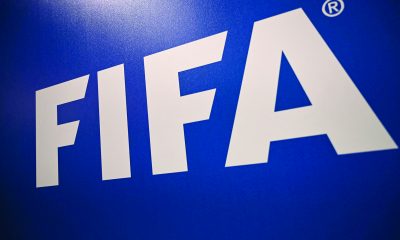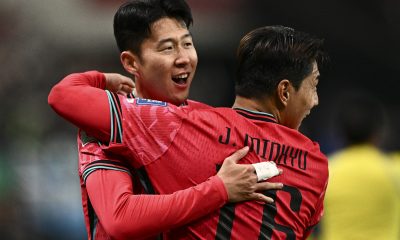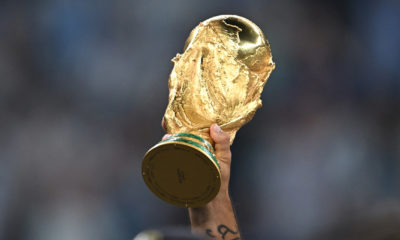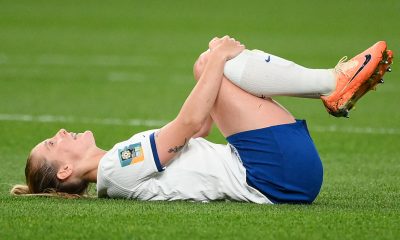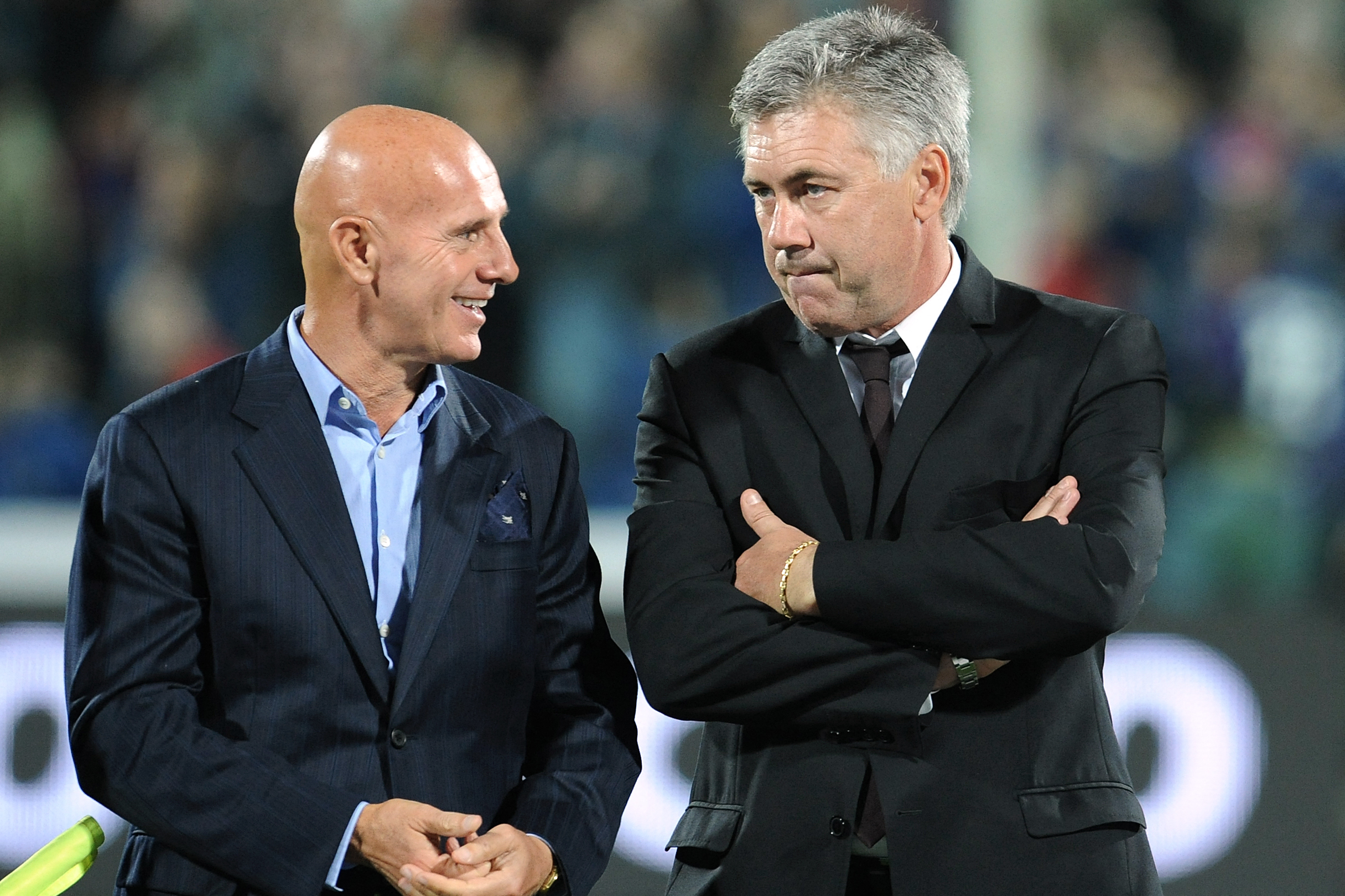
Like art, business or politics, football is shaped by personalities. The present one is influenced by three coaches from Italy, Portugal and Spain. This will also be evident at the Champions League final between Chelsea and Manchester City, the highlight of the season.
The decisive innovation can be traced back to Arrigo Sacchi. He invented the operating system that is still valid today, the Microsoft of football, without which nothing works: ball-oriented zonal marking.
With this type of collective defending, he shaped AC Milan around the outstanding individualists Franco Baresi, Paolo Maldini, Ruud Gullit and Roberto Donadoni into the strongest team in the world.
The Rossoneri reached their zenith in 1989, beating Real Madrid 5-0 in the semi-finals of the European Champions Cup and Steaua Bucharest, winners in 1986, 4-0 in the final with the future world star Gheorghe Hagi.
Their moves were of a higher quality, and above all the brilliantly organised Milan team repeatedly involved their opponents in duels in the build-up to the game, which led to ball losses.
Steaua hardly crossed the halfway line, goals inevitably fell, and the winner was clear after 30 minutes. Any self-respecting coach must have seen these 90 minutes of unequal competition.
Sacchi drove progress, first in Italy. Other misters, as Italy’s coaches are known for their appearance and wardrobe, instilled similar defensive discipline in their teams.
Most notably Fabio Capello, who dominated Johan Cruyff’s Barcelona in Sacchi-style fashion in Milan’s 4-0 victory in the 1994 final.
Or Marcello Lippi, who reached three finals in a row with Juventus Turin from 1996 to 1998, and Sacchi’s player Carlo Ancelotti, the first coach who managed to win the trophy three times.
Italian football was also ahead at the time because owners like Silvio Berlusconi and Angelo Moratti financed the clubs. With their millions, they attracted the best players.
As a result, Serie A won every third Champions League competition from 1989 to 2003, the UEFA Cup and the Cup Winners’ Cup a combined 11 out of 26 times. During that time, seven clubs from Italy won the European Cup, including AC Parma, Sampdoria, SSC Napoli, and Lazio. No league could match that.
Germany also benefited from Italy’s high standard.
In 1990, Germany became World Cup winners, partly because almost half of the team around Lothar Matthäus played in Serie A.
From 1995, the modern operating system was installed in FC Bayern’s junior team; ball-oriented zonal marking and the back four were revolutionary in Germany at the time.
With the Youth team we became German champions in 2001 and 2002 – a novelty for FC Bayern.
You always need someone who takes on the ideas of others and enriches them with his own. Our Sacchi was Björn Andersson, who won the European Cup with Bayern in the seventies.
He didn’t treat us young people authoritatively, but at eye level. With this Scandinavian pedagogy, the Swede gave my generation a new style of leadership to take with them.
Innovation never goes undetected. Coaches outside Italy also adapted Sacchi, developed their own programmes based on him, formed great teams at great locations and with continuity.
Alex Ferguson revived a world brand, Manchester United was under his control for more than a quarter of a century. From this grew enormous stability and a clear distribution of roles for his XI, an attacking machine.
With his flair for character, Ferguson led them to the finals four times, winning in 1999 and 2008. He always exploited the quality of his squad.
The same goes for Louis van Gaal, who won the title in 1995 with Ajax in the Sacchi code, a club with an offensive history from a minor league.
Ottmar Hitzfeld, a master of words and psychology, won a title in six years each with Dortmund (1997) and Bayern (2001).
Jupp Heynckes won with Real Madrid in 1998 and Bayern in 2013, Vicente del Bosque, with Real in 2000 and 2002. Frank Rijkaard, title winner with Barcelona in 2006, was also a Sacchi player.
And then José Mourinho came along. He interpreted Sacchi defensively, with his doctrine of modern catenaccio taking the offensive spirit out of football.
He had ball-oriented defending in his own half, which allowed for curious defensive feats thanks to high-level organisation and physical strength.
In the 2010 semi-finals at Barcelona, for example, Mourinho built a human barricade around the penalty area.
Mourinho minimises the risk of conceding a goal; his teams lie in wait for the ball to be lost. They use this moment of vulnerability to attack the goal with just a few moves.
With the underdog FC Porto, he triumphed in the UEFA Cup in 2003 and in the Champions League in 2004.
In both semi-finals and the final, the opponent failed to score. In 2010, in the final against Mourinho’s Inter, my Bayern team were outplayed. At that time, everyone was talking about playing against the ball.
One of Mourinho’s advocates is Diego Simeone. He has choreographed the underdog Atlético Madrid, Real’s small city rival, into a finely tuned eleven-man defence for ten years.
He has won the Europa League twice and now secured the Spanish championship for the second time.
Twice he has been in the final of the Champions League, where he lost narrowly on both occasions. In 2014 and 2016 – in other words, at a time when a different era had long since dawned.
It was the heyday of possession. It went back to Pep Guardiola, who responded to Mourinho and rolled out Sacchi offensively.
Guardiola allowed the romantic ideology of total football, with which Cruyff had reached limits in the nineties, to mature into a new flower in Barcelona.
He wanted complete control of the game, his eleven would close in on the opponent in the attacking half – and if the ball was ever lost, they were supposed to win it back in front.
That’s how you stifle the other team’s buildup, you create a permanent offense, which only works with technically outstanding players. In 2009, we went down 0:4 to Bayern. In the 2009 and 2011 finals, Manchester United almost didn’t get the ball, Barca was overpowering.
Guardiola’s game with the ball permeated international football.
Faster than Sacchi, the increased attention to football shortens cycles of innovation. Transitions are always fluid, coaches find intermediate solutions.
In the mid-teens, Real Madrid dominated the Champions League like no one before. In 2014 and 2016 to 2018, the Royals won.
The biggest club in the world always attracts the best footballers thanks to its charisma. It would have taken a long search to strengthen the team around Luka Modric, Ronaldo, Sergio Ramos, Karim Benzema and Toni Kroos.
Real also shows guardioalaesque possession in the 4-3-3 modeled on Sacchi, but never an extreme tactical variation.
One more example: In 2019, Jürgen Klopp was on top. He answered Guardiola with an underdog strategy. With passion, physicality, belief, anarchy, he reduces the complexity of soccer.
He doesn’t depend on the best players; what matters to him is emotional access to them. His run to the final with Dortmund in 2013 was a strong performance.
At Liverpool FC, a venerable club that fits Klopp’s mentality perfectly, he took the final step toward world stature. Klopp also knows that he needs to stay a few years to coach his team to the summit.
What will now be evident in Porto? Like all top teams, the two final opponents contain a three-part mixture.
Like everywhere else, now even in lower leagues, the operating system is Sacchi. Both also contain Mourinho and Guardiola.
Ball-oriented manner
City and Chelsea defend in a ball-oriented manner, want to besiege the opponent at times in the penalty area and put him under pressure with Gegenpressing (counterpressing) there, but also retreat again and again and let him take the initiative.
Guardiola’s signature remains visible, but he lets defend more and more physically than before. He borrows from Mourinho, because his team is not as regal as Real or Barca.
Thomas Tuchel has also found recognition among the ten or so wealthy European clubs with which to compete internationally. In his two years at Dortmund, he won the Cup.
With serial winners PSG, he became French champion twice in two-and-a-half years. Then, in January, he was hired by Chelsea FC, the mother of modern football, where Russian oligarch Roman Abramovich has been investing for two decades. He became the first coach to reach two consecutive finals with two clubs.
It could be an exciting final.

World Cup News
-
FIFA World Cup
/ 6 days agoSaudi oil giant Aramco agrees major FIFA sponsorship deal
Saudi Arabia’s state oil giant Aramco and world football governing body FIFA on Thursday...
By AFP -
FIFA World Cup
/ 1 month agoSon scores but Thailand hold South Korea in World Cup qualifier
Son Heung-min scored but South Korea were held 1-1 at home by Thailand in...
By AFP -
FIFA World Cup
/ 2 months agoJapan-N. Korea World Cup game to stay in Pyongyang, JFA says
Japan’s World Cup qualifier against North Korea will be played in Pyongyang as planned...
By AFP -
FIFA World Cup
/ 2 months agoGerman ex-FA bosses on trial over World Cup tax evasion
Three German ex-top football officials went on trial on Monday in a 13.7-million-euro ($14.8...
By AFP

Winter Olympics
Watch: Geisenberger wins sixth Olympic medal to tie luge record

